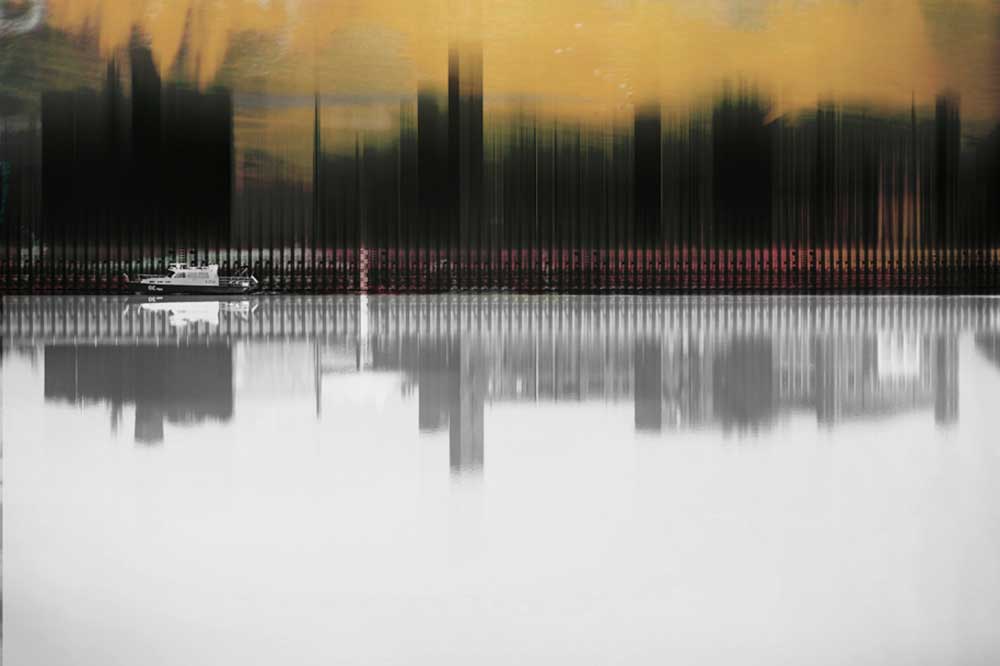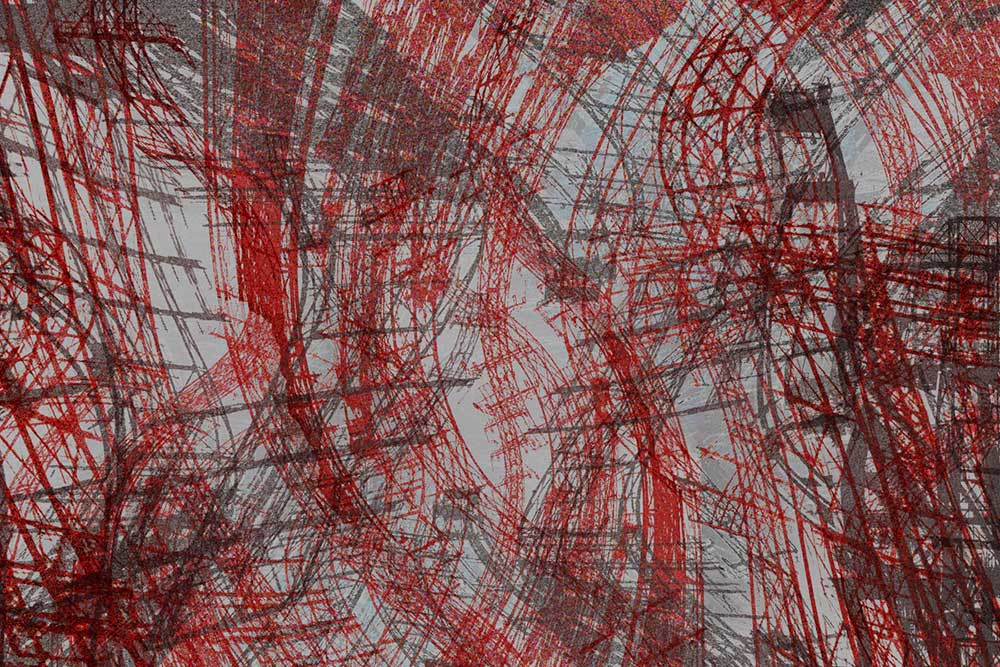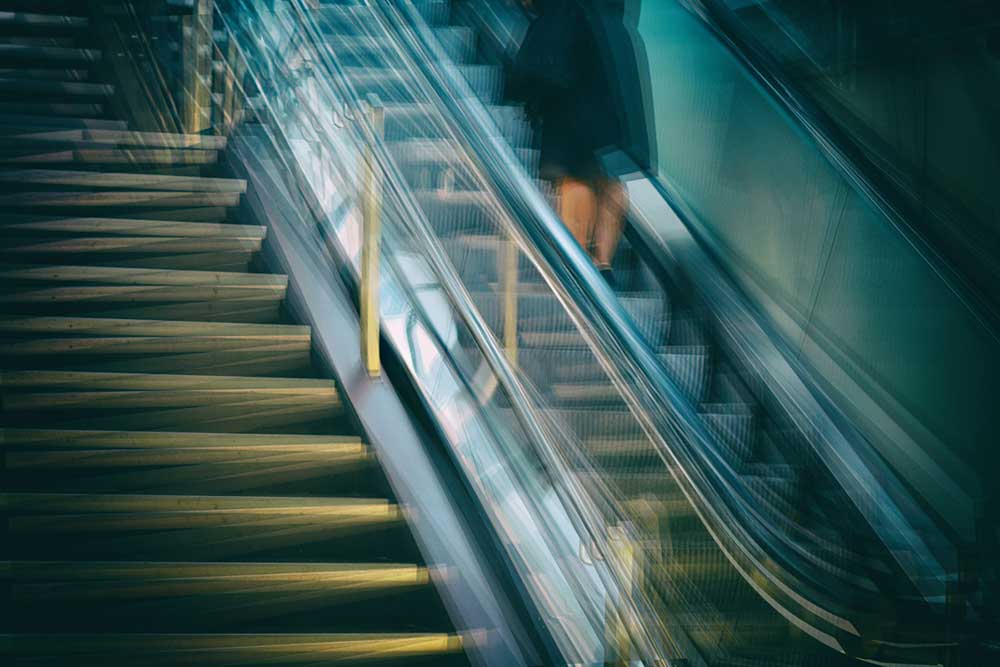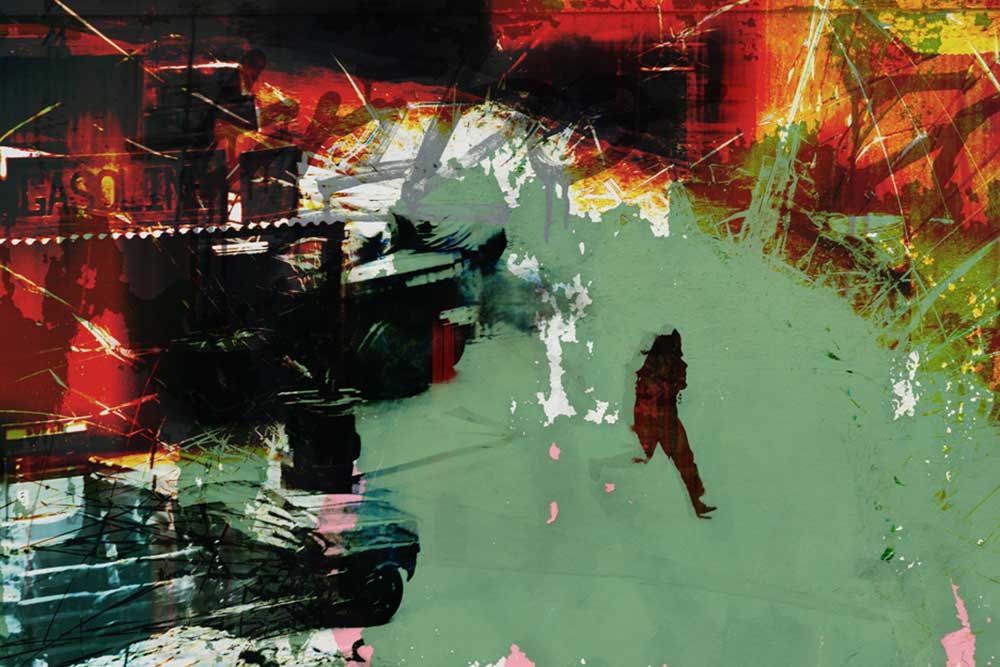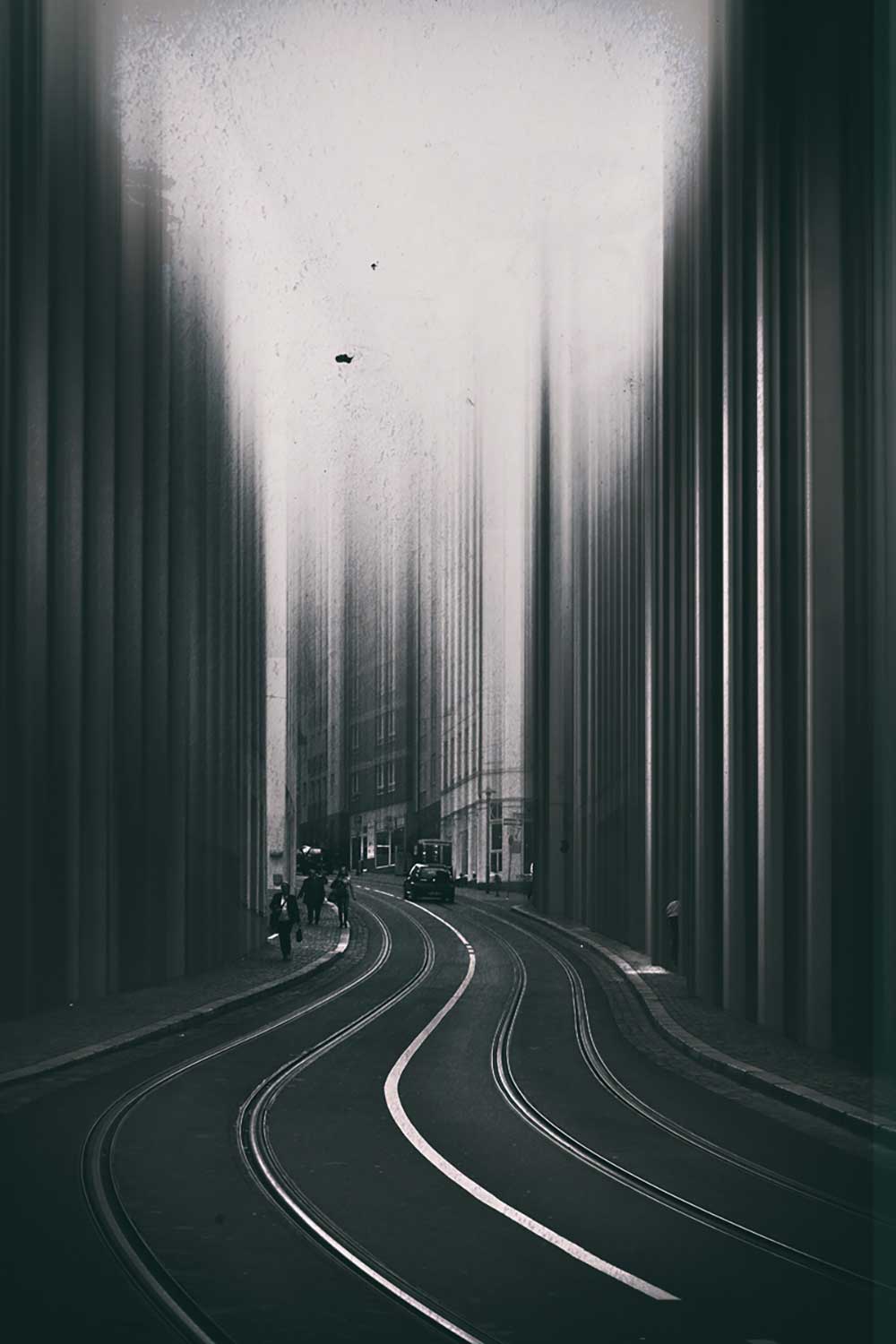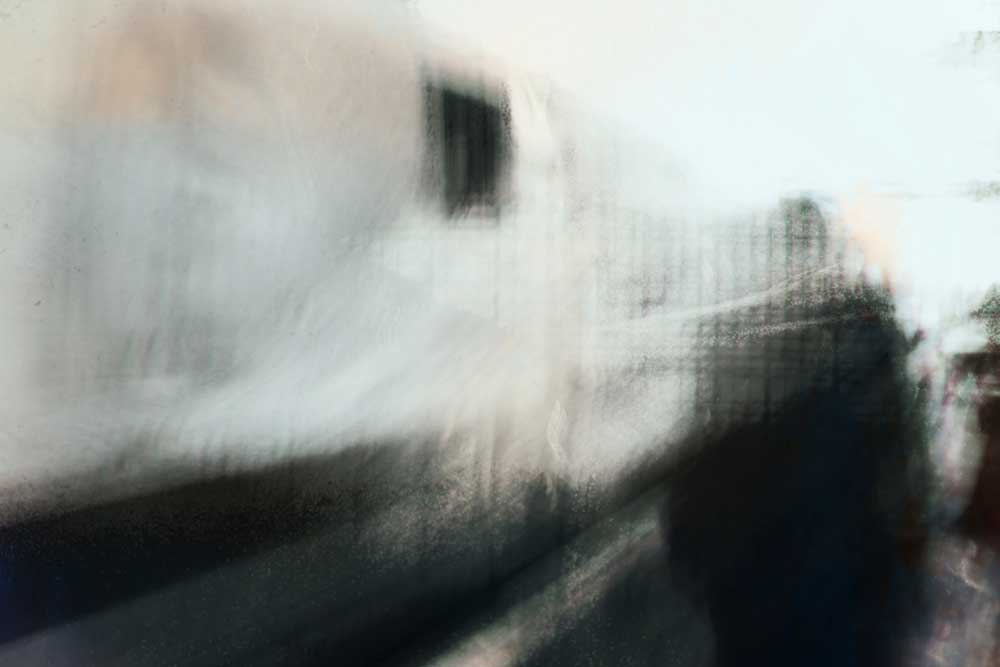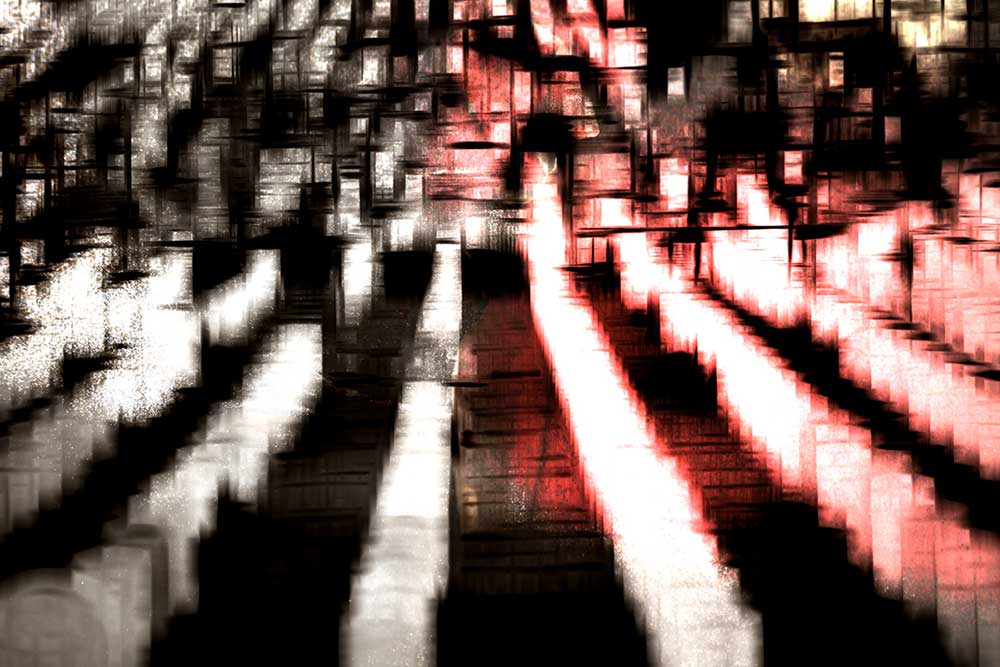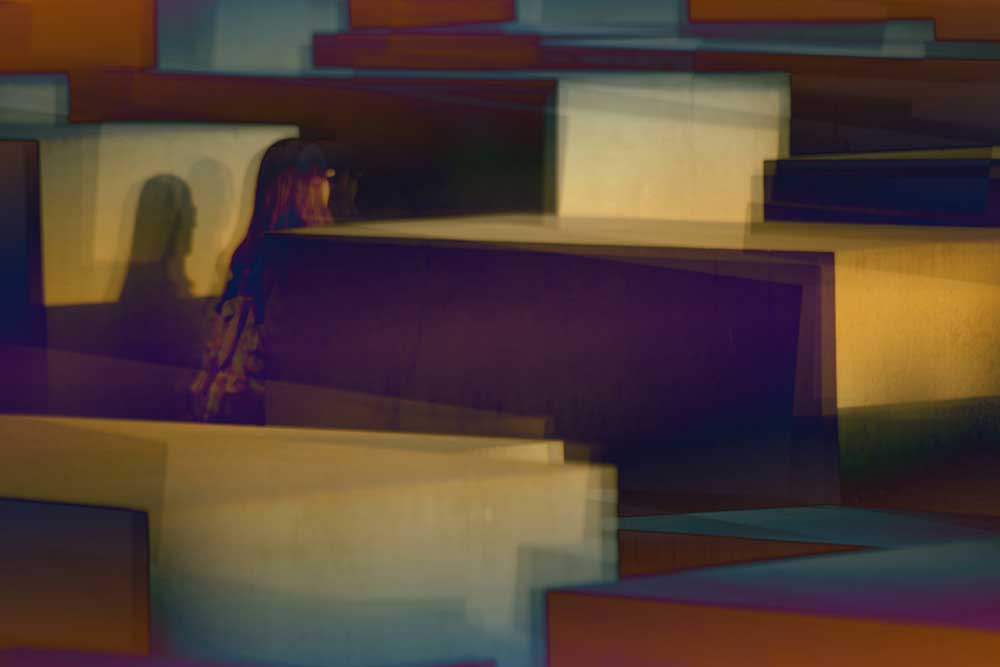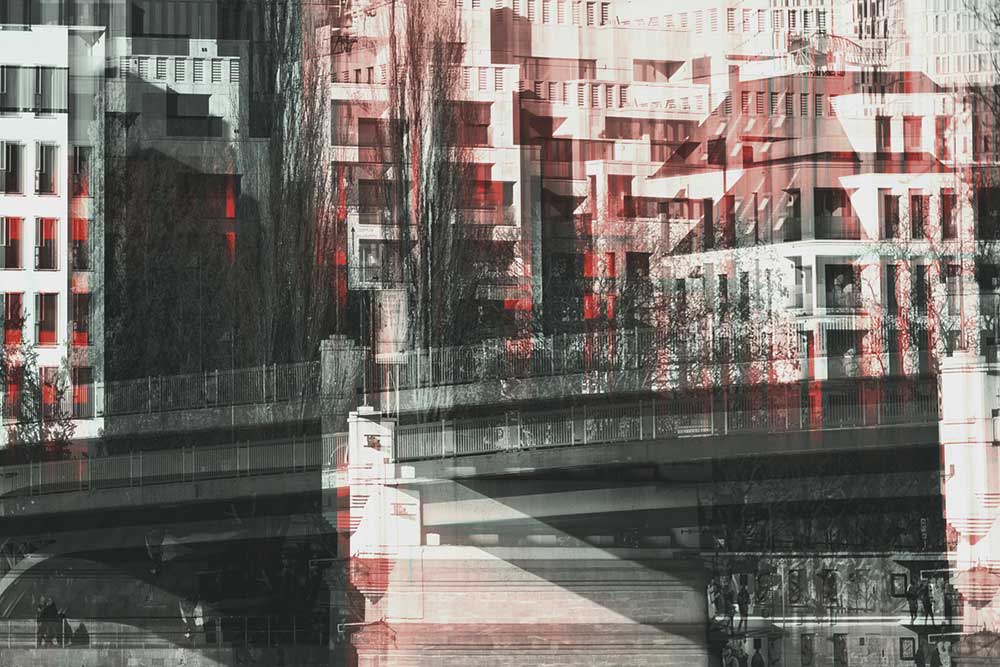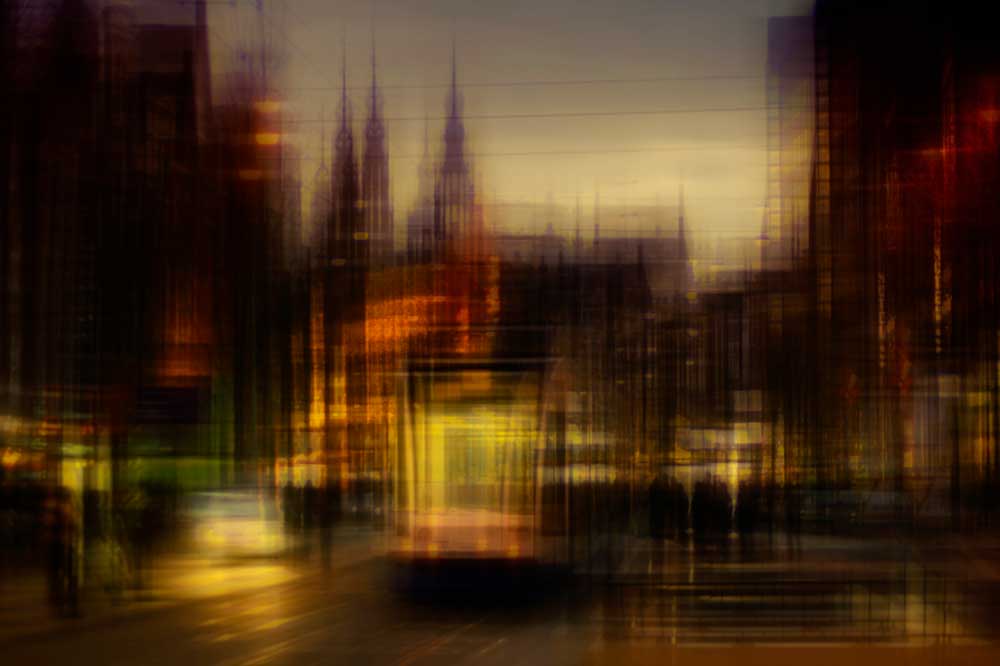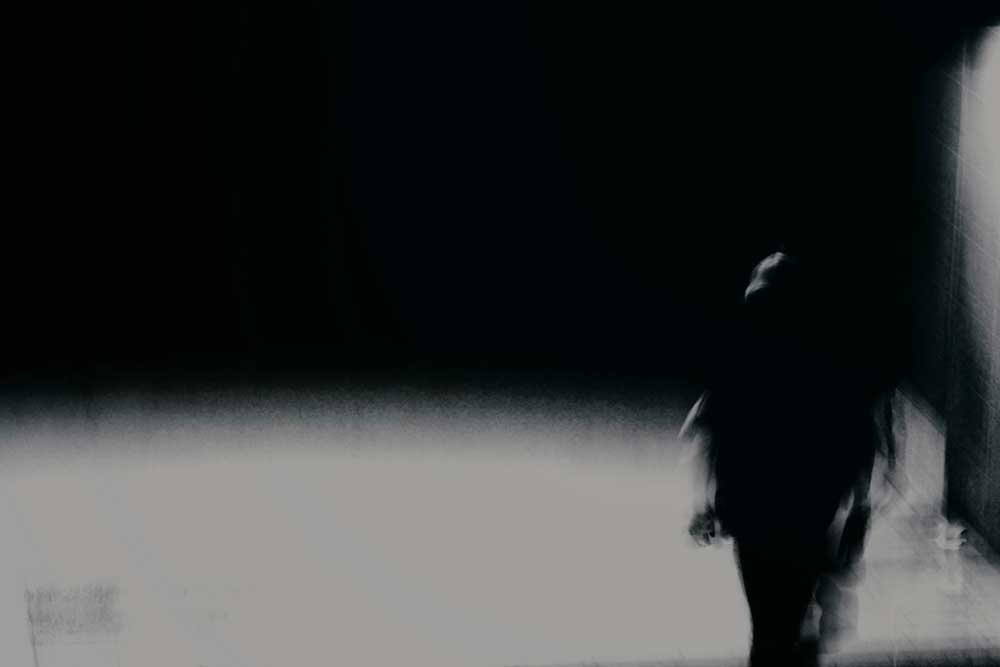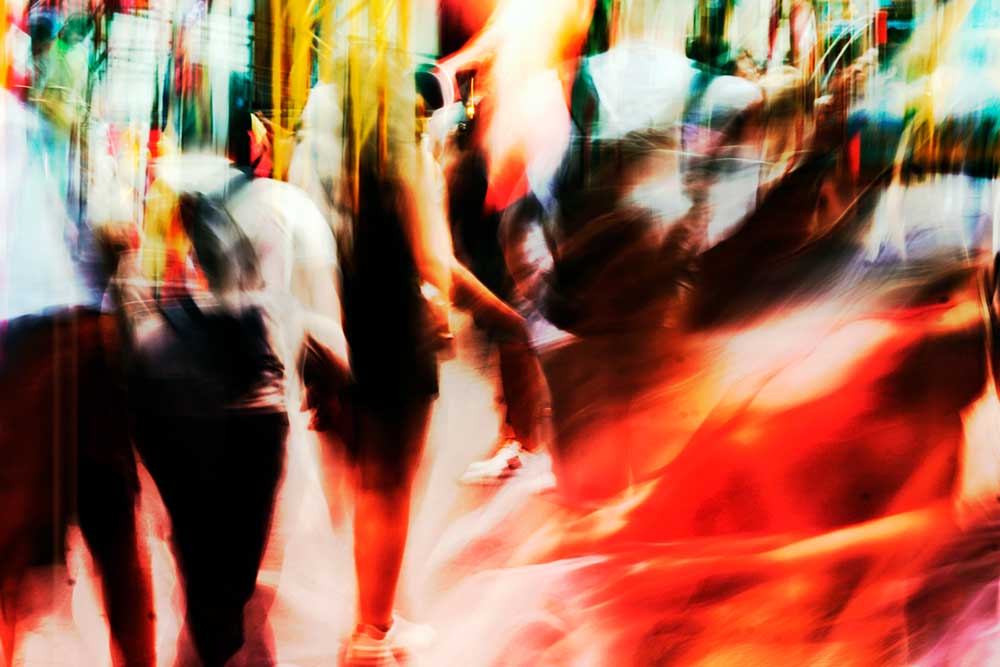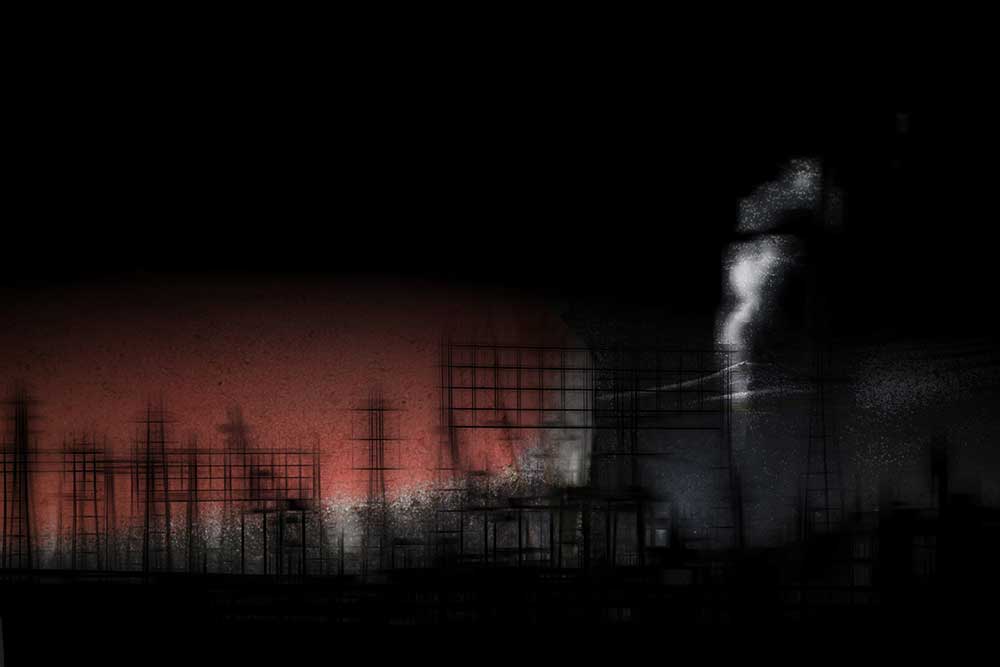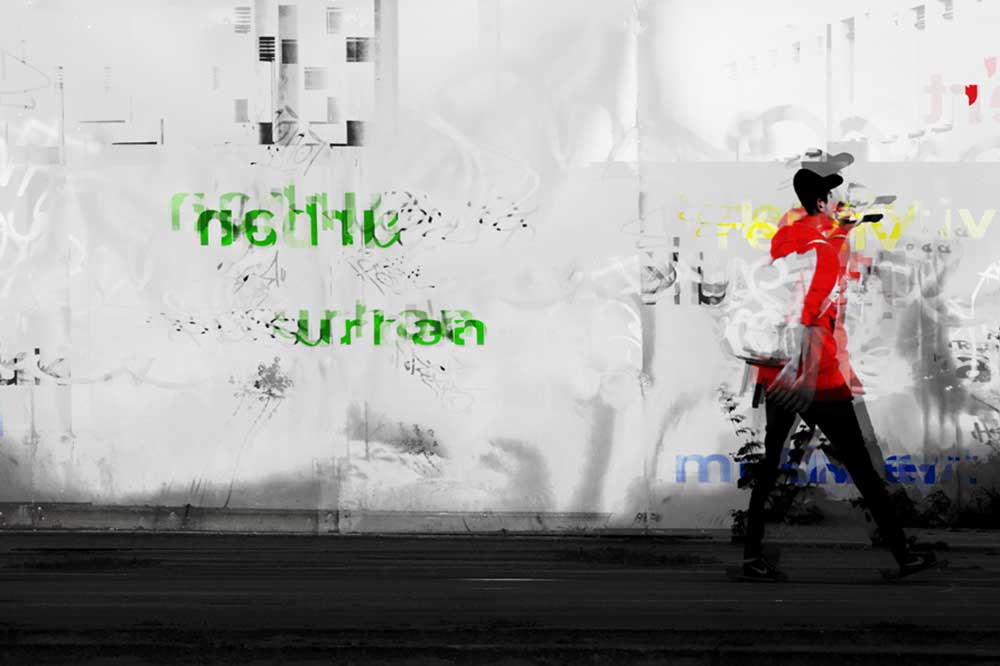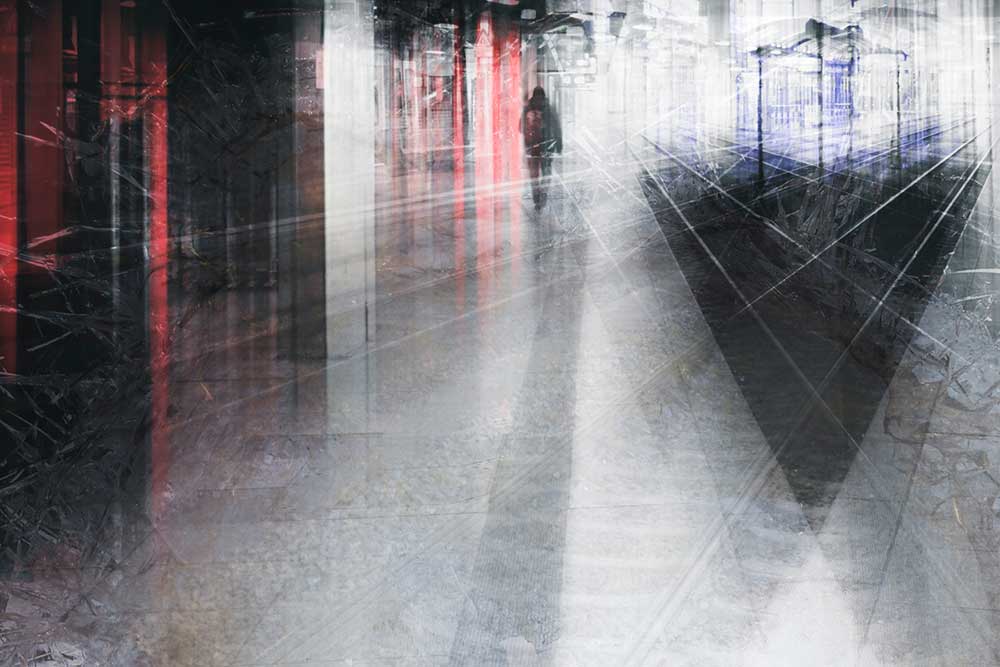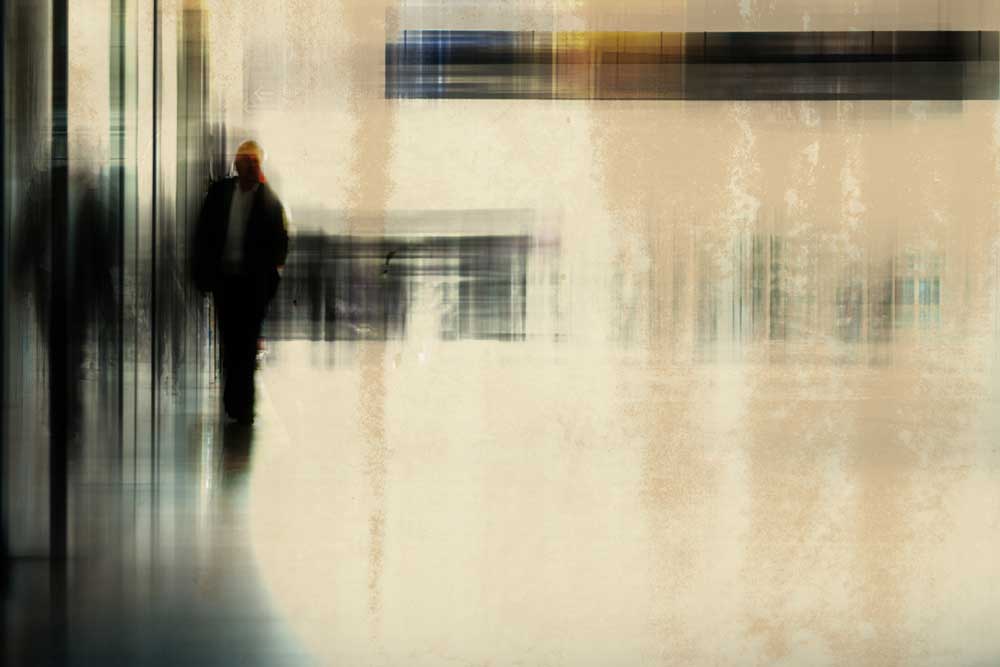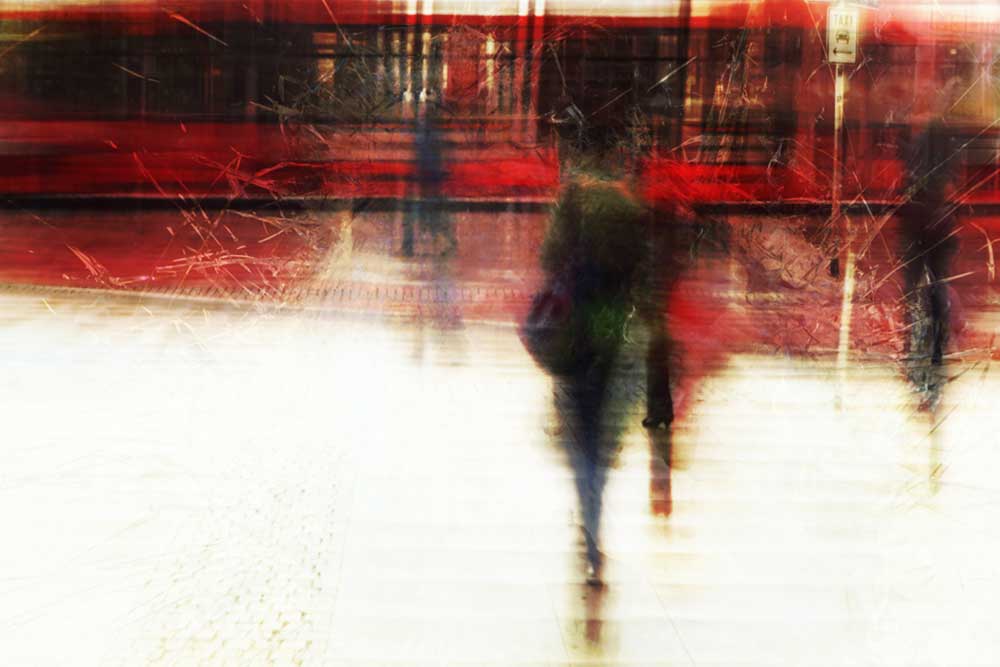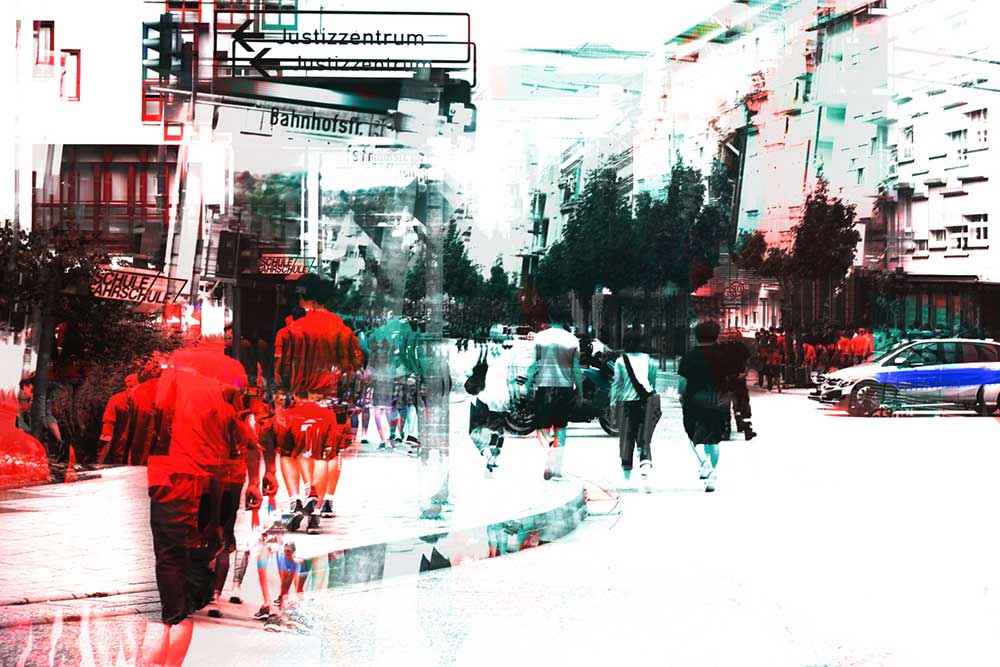Images are the language of the soul. Personally, I first encountered photography as a craft at school, where I was able to gradually analyze and learn about its technical nature in a red-lit darkroom.
Twenty years later, my personal research urge was once again to approach photography with curiosity as an interface between a frozen still image and the flow of motion. With the help of so-called high-speed cameras, fluorescence microscopy, electron microscopy and other imaging techniques, it was now possible for me as a neurobiologist to delve deeper into the matter and the still invisible behind it. The visible world became a Platonic ALLEGORY OF THE CAVE and no longer exactly resembled what I thought I saw. This fascination with the veiled, the unspoken, the in-between has never left me as my life progressed. My penchant for words is, so to speak, just as great as the visual expression itself, the surface of which we can ultimately only break down objectively. Subjectively speaking, however, the finished image is more than just a frozen still image. This is a snapshot that turns the observation of the present into a personal spectacle of memory, one’s own ability to decipher things, as well as the situation-related feelings and stimuli of the context presented. What the picture ultimately tells us varies from person to person and depends on time, personal circumstances and much more. In this context, when creating a work of art, the artist often sees himself as something separate from the world and seemingly deeply immersed.
We encounter a completely different approach to looking at images when writing verses. As a poet, I also approach the visual subject in a literal way and try to combine both artistic expressions. Rather, the finished image serves as inspiration for me to create something new, a poem. Central to my creative process is the art practice of writing Haiku or generally creating poetry.
the frozen one
picture
(the world)
a moment of silent
The teachings that come from ZEN Buddhism call this the “truth of the moment.” Here the subjectivity and objectivity of viewing the image come together to form something unique and very personal. The images presented in the series “IMAGE LANGUAGE & THE BEHIND IT” are therefore abstractions of the surrounding world in order to reinterpret or represent it. Using various editing techniques, I try to openly present my view of the world and bring out the artistic aspect of the reality around us. Ultimately, it is the unconscious that guides me as a photo artist to my goal: To rediscover every day the image language and what lies behind it.
About Bastian Kienitz
Bastian Kienitz, born in 1975 in Perleberg, Germany, pursued his studies in genetics and neurobiology at Mainz and Würzburg. His academic journey in natural sciences equipped him with expertise in using high-speed and high-resolution cameras. Despite his scientific roots, Bastian’s true passion lay in the arts, particularly photography and poetry. Since 2012, he has been a successful freelance photographer and artist. His literary talent was recognized in 2014 when he won the Vienna Workshop Prize for his collection of poems, “Zappgedichte.” Bastian’s photographic art gained acclaim with his 2015 exhibition at the Brick Lane Gallery in London, titled PHOTOGRAPHY NOW. In 2016, his photography was honored with the prestigious Kunstgeflechtpreis, and he also held his first solo exhibition in Bremen, named “UNKLARHEITEN.” Bastian’s photographic focus is on nature and architecture, where he seeks to infuse artistic essence into each shot. Utilizing techniques like close-ups, selective focus, and unique perspectives, he transforms even the mundane into art, echoing the transformative power of microscopy in revealing the unseen beauty of the world.



